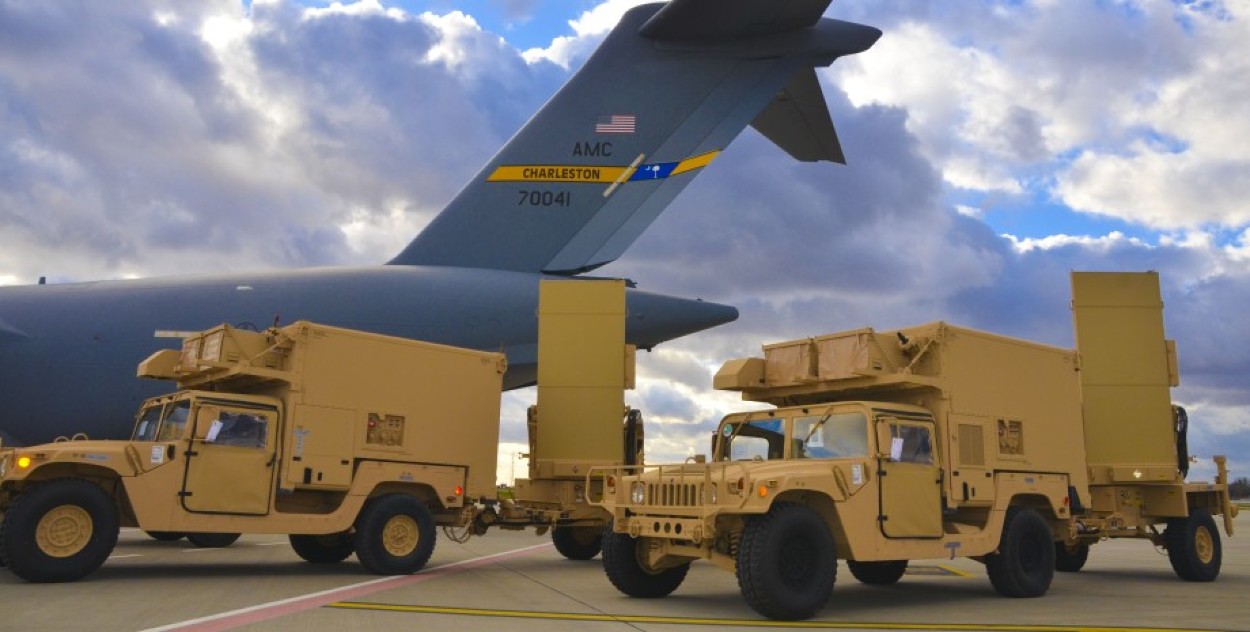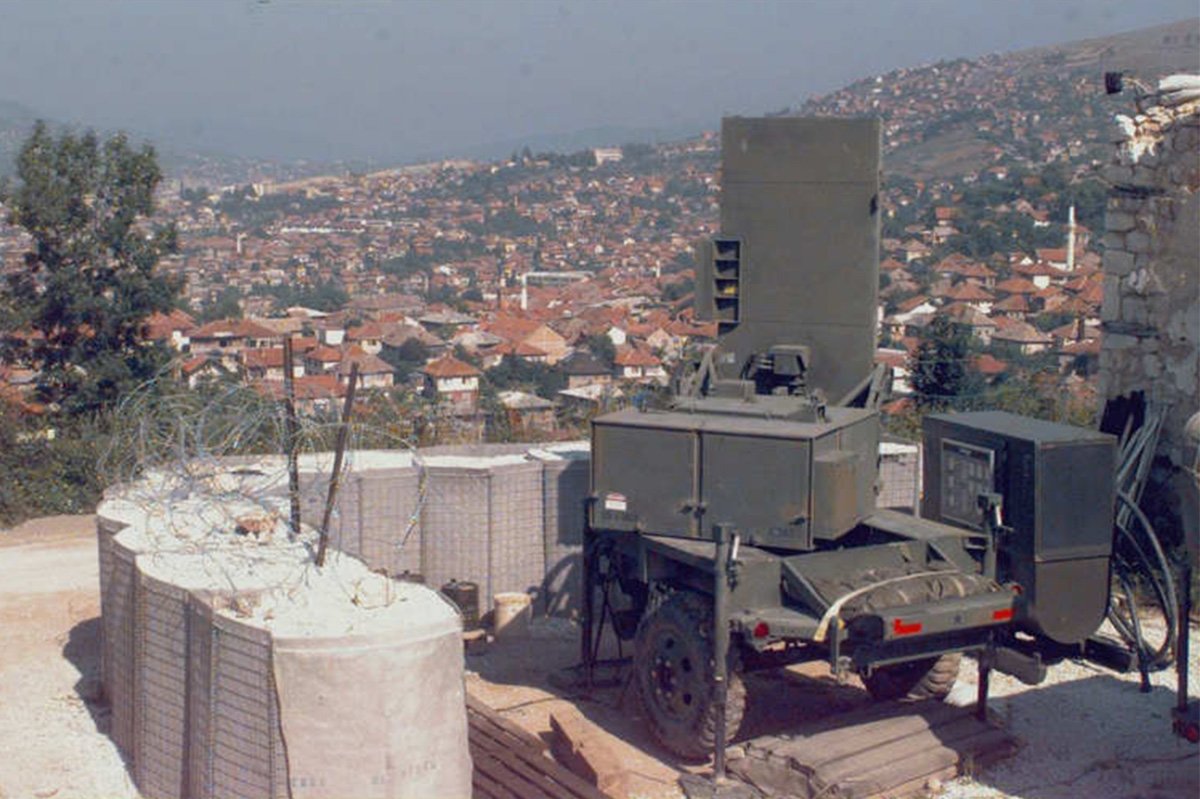Russia has claimed that its artillery has successfully destroyed a US-made radar in the Kherson region of Ukraine as part of the ongoing special military operations.
According to the Russian statement, AN/TPQ-36 radar station and a pickup truck were destroyed by Russian artillery fire in the Inzhenernoye settlement area during a night operation.
The report claimed that the strike resulted in ten Ukrainian soldiers’ deaths, while many others sustained serious injuries.
The statement also claimed that Russian artillery caused significant damage by destroying the temporary deployment site of a unit from the Ukrainian Army’s 124th territorial defense brigade and two motor vehicles.
Ukrainian forces have relied heavily on US-made AN/TPQ-36 Firefinder counter-battery radars in their artillery battles against Russian forces.
This mobile short-range radar, developed by Hughes Aircraft Co. in the late 1970s and manufactured by Northrop Grumman, has a detection range of up to 24 kilometers. The radar can be coupled with M777s and High Mobility Artillery Rocket Systems (HIMARS), both of which the US has delivered in adequate numbers to Ukraine.
Despite Russia’s repeated assertions of destroying this radar system on the battlefield, Oryx military tracking blog’s data indicates that only one AN/TPQ-36 has been harmed so far.
In November 2022, Twitter accounts that expressed support for Russia posted a video claiming to show AN/TPQ-36 being destroyed by the Russian artillery fire.
Besides that, the Russian Ministry of Defense has often stated that they have destroyed the US-made L-band AN/TPQ-50 radar in Ukraine. However, there is no evidence that Ukraine transferred or used this radar.

According to Armada International, during Russia’s aggression in Ukraine in 2014, the US used the opportunity to assess the effectiveness of the AN/TPQ-50 in detecting Russian artillery.
In addition to Firefinder radars manufactured by the US, Germany has also transferred Hensoldt Cobra-C band counter-battery radars. These radars can detect and monitor nearly 1,500 targets within a range of up to 250 kilometers.
AN/TPQ-36 Counter Artillery Radar
The AN/TPQ-36 is a highly mobile short-range radar system. Developed in the 1970s and fielded in the early 1980s, the AN/TPQ-36 is used by the US Army, Marines, National Guard, and multiple foreign military sales customers.
The radar system is designed to locate mortars, artillery, and rockets within the accuracy of the weapon system. The system has online fault detection and offline fault diagnostics that notify the operator of any system faults and direct the repair action to the specific unit that needs replacement.
The AN/TPQ-36 detects targets using a pulsed Doppler radar system and works in the X-band frequency range. It can detect stationary and moving targets and has a maximum range of 24 kilometers (15 miles). The AN/TPQ-36 is made up of three key parts: the antenna, the transmitter, and the receiver. The antenna is a parabolic dish installed on a truck.

The transmitter generates the radar signal and feeds it to the antenna, which focuses the signal into a narrow beam. The receiver collects the reflected radar signal from the target and analyses it to calculate the target’s range, direction, and velocity.
The AN/TPQ-36 has been used in numerous military operations, including the Gulf War, Operation Enduring Freedom, and Operation Iraqi Freedom. The AN/TPQ-36 is highly automated and easy to use, to the extent that the operator does not need to remain present in the operation control shelter after setup to detect a weapon’s location.
The AN/TPQ-36 can be installed on either a truck or a trailer, making it simple to position, use, and disassemble before the enemy can retaliate. It has a lengthy data cable that enables soldiers to run the radar from up to 50 meters away. This provides some level of protection in case the system becomes a target.
The AN/TPQ-36 radar utilizes electronic steering, which implies that its radar antenna remains stationary during operation. However, if needed, the antenna can be adjusted manually.
Moreover, the AN/TPQ-36 can function in a friendly fire mode to assess the accuracy of counter-battery return fire. It can also be employed to carry out radar registration or determine the mean point of impact calibrations for friendly artillery.
- Contact the author at ashishmichel(at)gmail.com
- Follow EurAsian Times on Google News




